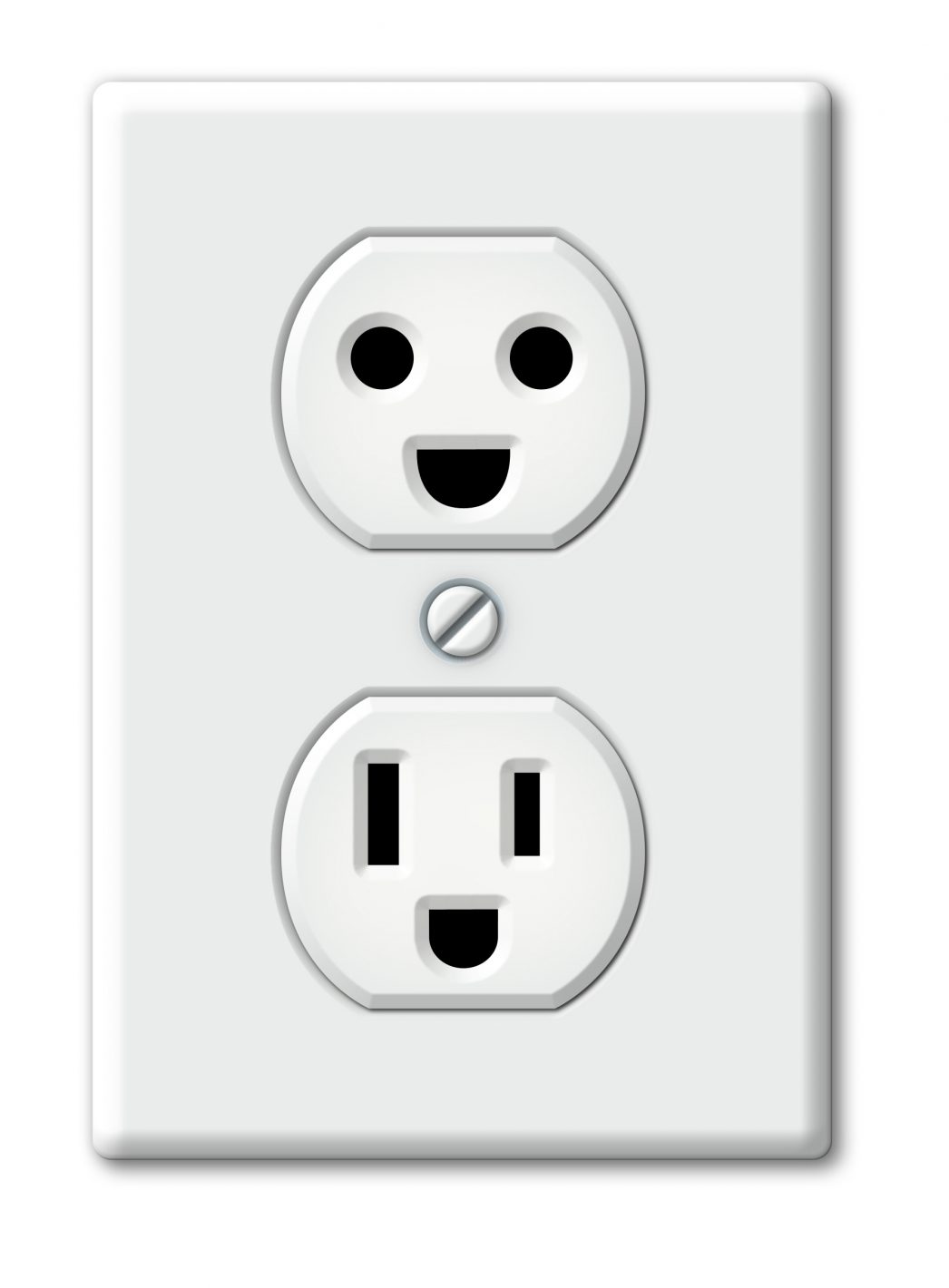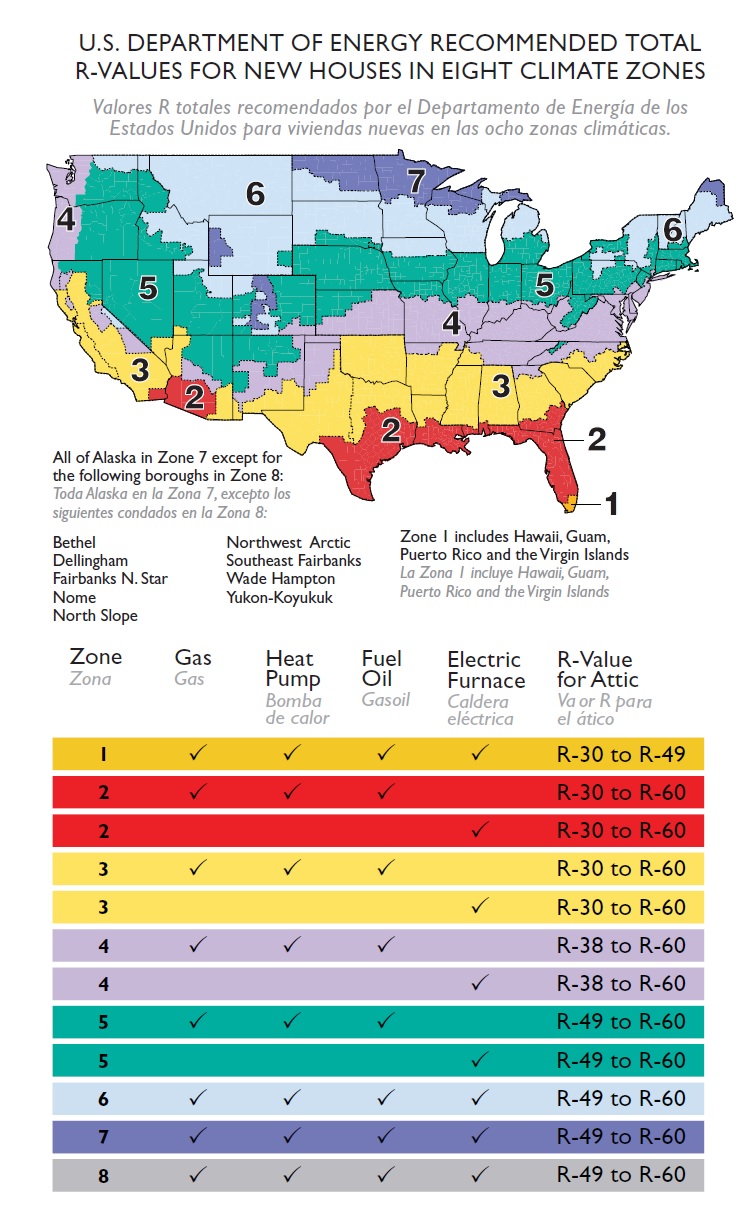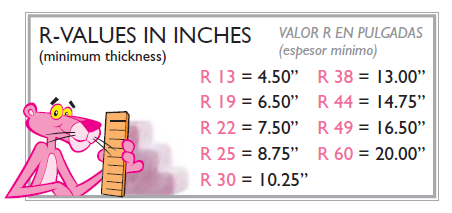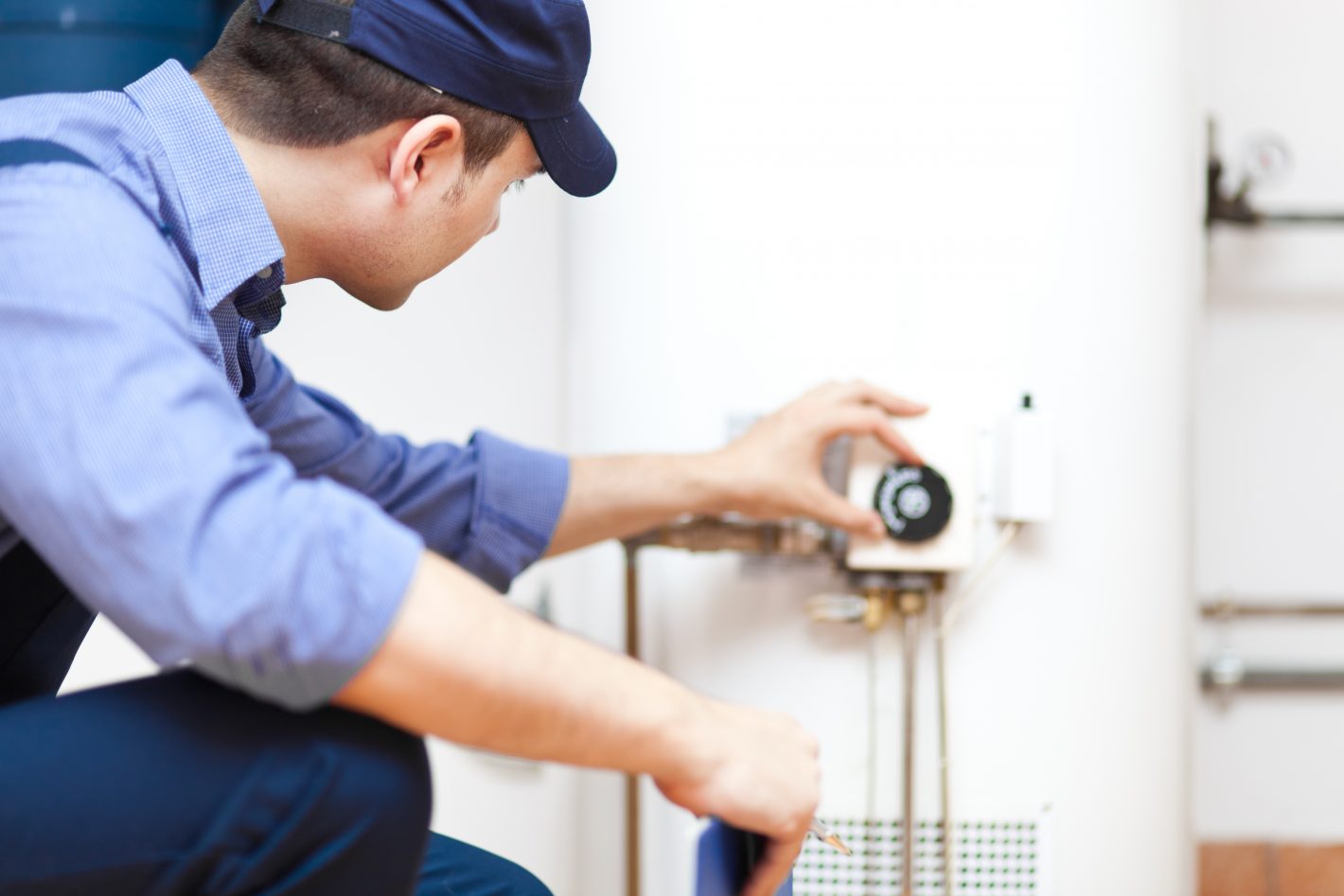6 DIY Home Improvement Tips to Save You Money
Home >
You don’t have to be a master carpenter or a construction whiz to enjoy significant savings in your home. Here are six easy tips that could help you keep your money where it belongs: in your bank account!
Tip #1 – Electrical Outlets

Electrical outlets lead right into hollow walls, which means that conditioned air is moving in and out of your home, most likely from every single one. They can be a big energy drain, so use a good latex caulk around the box and the wall. If it’s a big gap, consider foam insulation.
DO NOT place foam or caulk inside the box.
Tip #2 – Dust & Lint

You probably know that you should remove lint from the lint trap in your clothes dryer after each use, but did you know you should also have your dryer vent piping cleaned as well? Not only does restricted air flow reduce a dryer’s performance and take longer to dry clothes, which results in increased energy costs, but the build-up of lint in the outflow piping is a major contributor to over 15,000 home fires every year.
WARNING! If your clothes are still damp after a full drying cycle, then this may be a sign of dirty vent pipes because a clogged or restricted pipe can’t vent the damp air from the machine and out of your home properly. Grab your vacuum and suck out as much as you can. If you can’t get it all, you may want to consider hiring a pro.
Another place to check for dust and lint—especially if you have pets—is the coil on the back of your fridge. Dust and dander can build up on the coil, reducing its ability to properly cool all that yummy food inside. The coil could also be located under the fridge. Gently wipe the coil and vacuum up the dust around it, and you should experience a pleasant bump in performance, as well as some extra change in your pocket. Every penny counts!
Tip #3 – Chimneys
If you’ve got a chimney, consider a chimney balloon when it’s not in use. They’re a snap to put in and out, and they block air from escaping.
Tip #4 – Weather Stripping
The little gaps in your home that you hardly ever think of can waste a lot of conditioned air, reducing comfort and increasing heating and cooling costs. On cold days, run your hands around windows and doors to see if you can feel any air moving in or out. These are the places where you can place or replace weather stripping.
Tip #5 – Attic Insulation
It’s common practice for builders to use only the minimal amount of insulation in homes. After all, any extras that go into a new home take money from their bottom line.
Insulation is based on R-Values, and where you live determines which R-Value is best for your home. Note that the U.S Department of Energy recommends that attic insulation has a value of between R-49 to R-60 for homes in southern New Hampshire.

This means that you need between 16.5 and 20 inches of blown-in insulation in the most notorious leaker of all: your attic! Keep in mind that attic insulation isn’t only practical in the cold weather, but that it keeps all that cool, comfy air from leaking out of your home in the hot weather as well.

In the summer, if your home gets too hot too quickly, it’s often a sign that your insulation isn’t keeping the heat out of your house. You may need attic insulation, or if you have it already, you may need to have your old insulation replaced. It does wear out over time, leaving cracks and holes where moisture and drafts can seep in.
In the winter, ice dams or large icicles forming on your overhangs are often a sign of a poorly insulated attic.
Also, if you have any of the following problems, it may be time to replace your insulation: changing indoor temperatures, high energy bills, animal infestations, wet insulation, or indoor drafts.
Tip #6 – Water Heater Blankets

If you’ve got a tanked water heater, then you should definitely consider a water heater blanket if your tank isn’t insulated, which you can find at most home improvement stores; newer tanks are usually insulated during the manufacturing process.
Water heater blankets improve the energy efficiency of your hot water heater by helping maintain constant temperatures, and keep all that heat inside your unit.
Keep in mind that with tanked water heaters, you’re heating dozens of gallons of water (usually 40-80 gallons) all day long, 365 days a year, so that it’s always ready for you at the turn of a faucet. That means there’s a lot of potential savings to be had for an item that generally only costs about $20-$50.
How do you determine if a water heater blanket is right for your system? Touch the tank. If your tank is warm to the touch, then it needs additional insulation.
So there you have it: six quick tips that can save you money and increase your comfort for years to come. Don’t forget to change your air filters in your HVAC system, too!
If you need any assistance, give us a call or contact us today!

Adrian W
Marketing Manager
Sources:
https://www.doyourpart.com/green-living/quick-home-fixes/
https://www.outsiderclub.com/quick-home-fixes-to-save-money/529
https://www.bankrate.com/finance/money-guides/10-cheap-fixes-to-boost-the-value-of-your-home-1.aspx
https://www.owenschimneysystems.com/extend-life-dryer-professional-dryer-vent-cleaning/
https://cleancrawls.com/how-to-know-when-your-attic-insulation-needs-replacing/
https://energy.gov/energysaver/projects/savings-project-insulate-your-water-heater-tank
CONTACT US TODAY



As Seen & Heard On







Reach Out to Our Team for More Details
Feel free to call Sanford Temperature Control or fill out the online form for more information. You may also get in touch with our team to schedule an appointment. We look forward to hearing from you.

